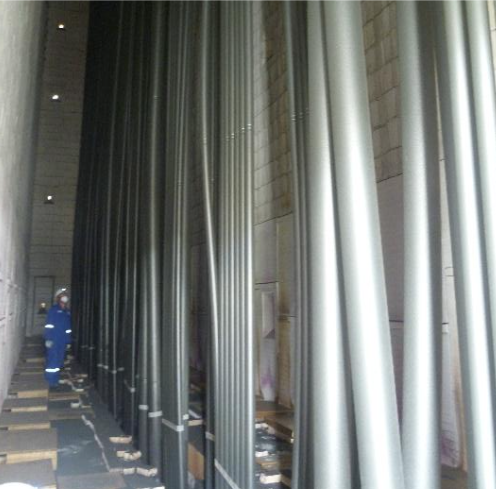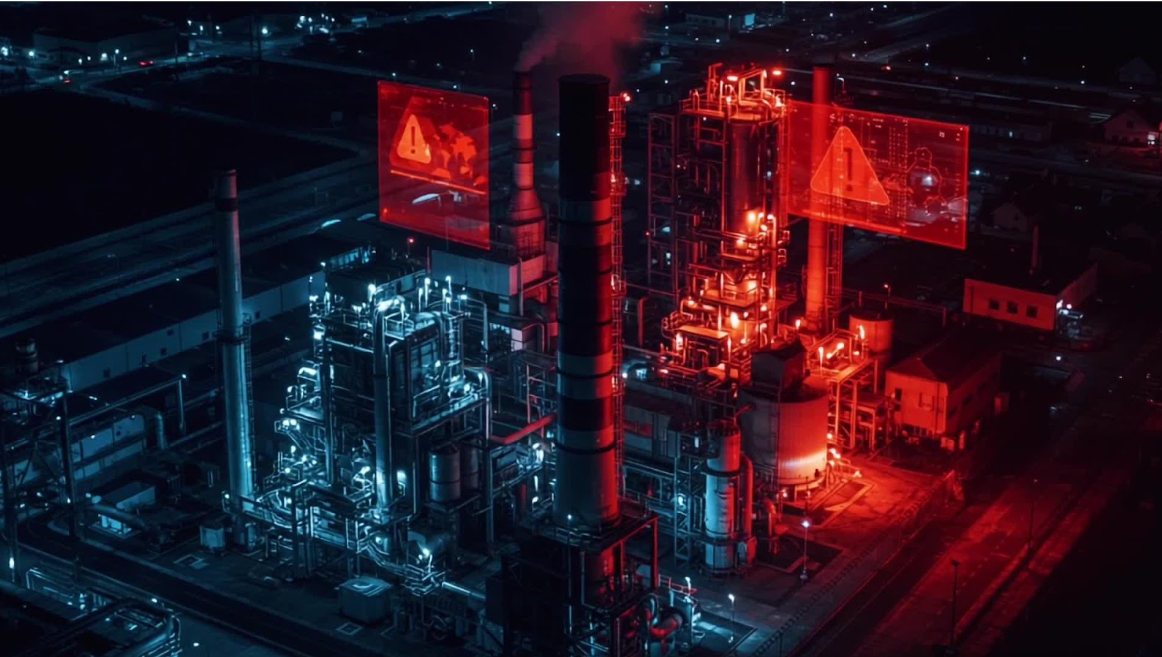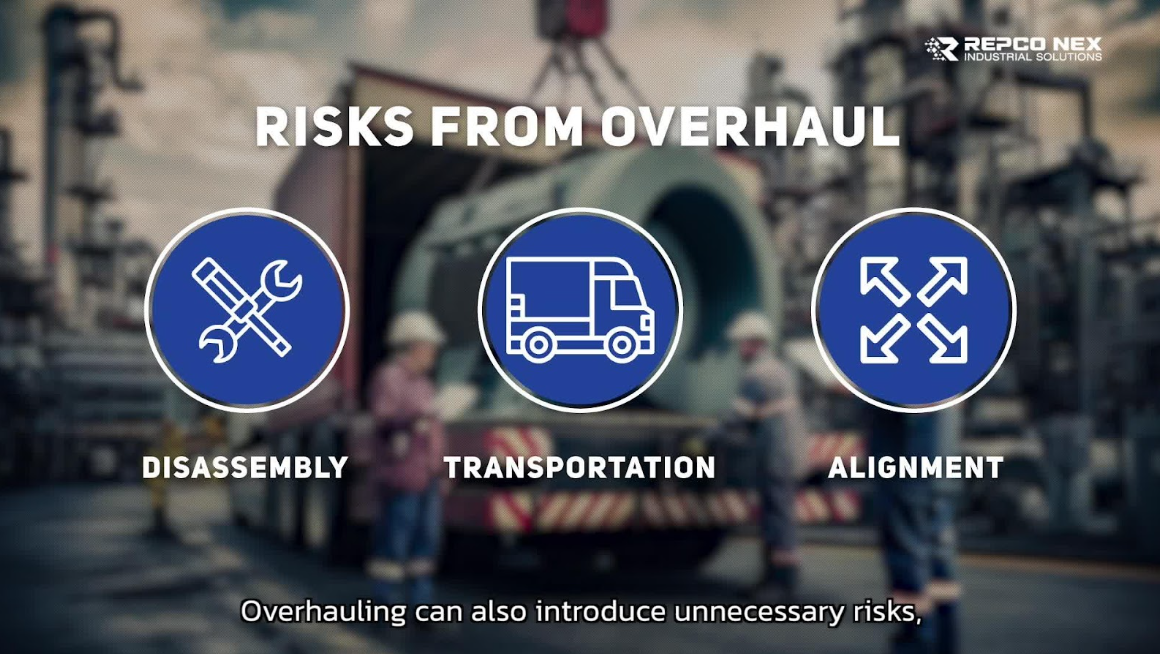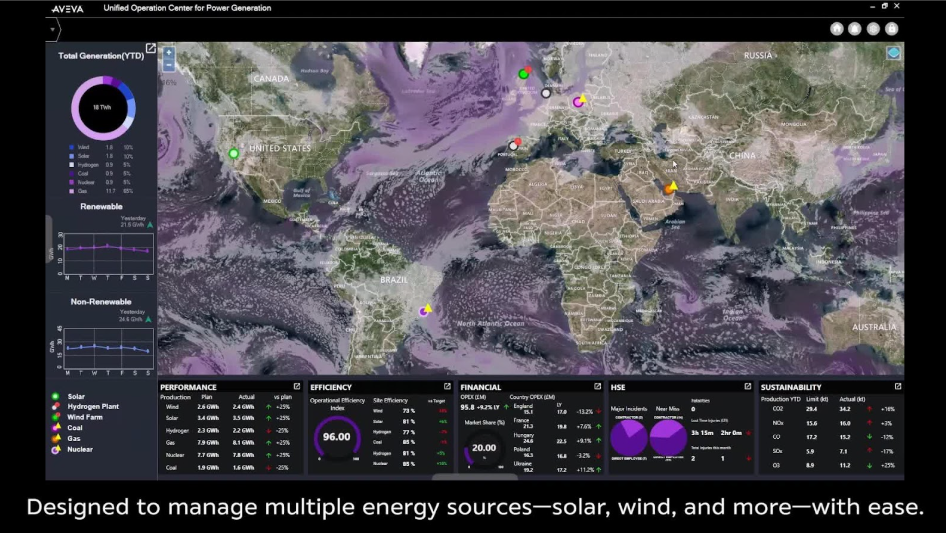Nature of Lightning
Lightning is caused by the transfer of charge between two objects, where before each lightning strike there is a step leader, the path of air ions that initiate a partial breakdown, but do not touch the ground. It descends from the clouds when the pilot head moves close enough to the object to induce an induction process, forcing the ground to form. the path is an upward leader, this distance is called "striking distance" when the path is connected successfully. Within a short period of time we will see a large flash of complete charge causing a stream of lightning to rush towards the object. Sound waves are produced by the disintegration of air. Including the electromagnetic field around the point of lightning by the principle of this lightning phase. It is the origin of the design principle of lightning protection systems by the Rolling Sphere method.
What is Rolling Sphere?
Standard lightning protection design IEC62305 is used for calculating air terminal mounting points by drawing a sphere around the object or building of interest. As if rolling a sphere through an object, the point where the object or building touches the sphere refers to the point where it is necessary to install an air terminal. standard acceptable The area under the rolling of this sphere can be considered protected.
The lightning protection system according to IEC standards consists of the following key parts:
1. Air terminal, metal-tipped conductor, which at the end of the terminal has high electric field stress, causing easy air breakdown, installed at the top of the building. To increase the chances of cutting into the area and bringing the current into the ground divided into
Franklin Rod (Conventional Rod)
It is a traditional air terminal that looks like a long metal rod with a pointed tip. Copper, aluminum or steel can be used depending on the environment, acting as a lure and support for lightning currents. Forward current to ground via down conductor.
Early Streamer Emissions (ESE)
It is a metal ingot that has been adjusted. until there is a feature to increase the distance to attract the sky more than usual This helps to reduce the number of Air terminals down quite a lot. However, the IEC standard is not yet supported due to the fact that ESE is unable to perform as claimed. This leaves some areas not protected from lightning. which may cause danger to life and property
Charge Transfer System (*CTS)
In addition to being able to design as a lightning conductor It also has the property of distributing the charge around the area, making it more likely that lightning strikes that area than usual, even if the CTS deteriorates or malfunctions. According to the IEC standard, CTS can be regarded as Franklin Rod and does not adversely affect it. to lightning protection, also known as fail-safe design
REPCO has extensive experience in designing lightning protection systems integrated with CTS systems, which reduces the risk of lightning strikes. Able to reduce losses, counting as a factory value of tens of millions of baht ever
2. Down Conductor The grounding conductor is a metal that allows the lightning current to flow through before reaching the ground. Most of the time, electrical cables of the right size are used and should be insulated to prevent danger to people in the event of a lightning strike. In addition, the structure of the device with sufficient thickness can be used as standard. in bringing lightning current to the ground as well
Additionally, in some cases REPCO recommends the use of flexible bypass conductors. Able to maintain high current conductivity even if the touch point is moving Based on API545 standards such as the floating roof area of chemical tanks because it can be stretched and contracted to suit the length of use Reduce problems from sparking a lot.
3. Surge protection It's an electronic device and some kind of substance.
(metal oxide varistor) used to reduce the intensity of overvoltage. during lightning by adjusting the resistance down Can be installed in both power and control circuits
The company emphasizes on choosing a surge with a warning indicator to say that the device is no longer available and choosing a brand that has standards that have been certified by various institutions.
4. Grounding System The grounding system is a long iron rod embedded in the soil. for the lightning current Drain into the ground to reduce hazards. It must be designed to have a low resistance as standard. If the installation site has obstacles such as very hard soil, the staking area is too small, REPCO has a solution to use other types of soil rod, such as adding electrolytic compounds to the chemical ground rod to achieve low resistance in confined spaces. Including the design of adding points to bury the rod, etc.
Lightning Alert System
Although we can design a lightning protection system according to the standard. But sometimes lightning strikes The amount of lightning current that occurs or the effects of electromagnetic fields during lightning strikes may not be predictable
Using a pre-lightning warning system can Anticipate and reduce risky outdoor activities. or other dangerous activities such as loading flammable chemicals, switching loads in power plants, etc.
At present, the company REPCO uses lightning warning technology that can provide short-term warnings and can predict lightning events in about 5-10 minutes in advance based on the principle of measuring the electric field in the air (kV/m) through an electric field meter. will have a high chance of lightning However, the problem of false-alarm (not real lightning) was found to be quite high.
The company is now using machine learning technology and other parameter measurements. It can allow us to know the exact form of lightning. faster in the future Including being able to synchronize such information with the factory's Digital Reliability Platform for timely management




